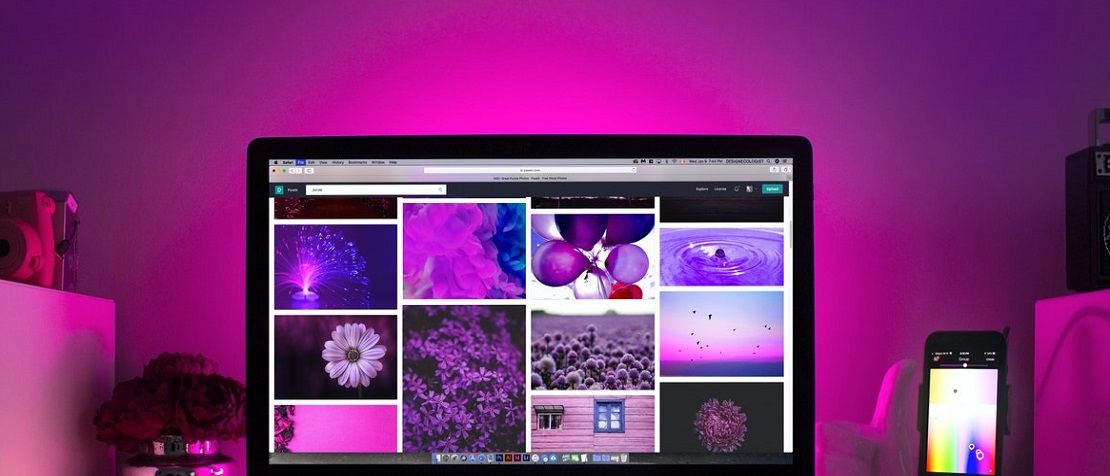
Why Fraunhofer HHI develops and trials ‘LiFi’ systems based on ITU standards
The LiFi market is growing with the help of the ITU G.9991, the first standard for Gigabit indoor wireless connectivity using visible and infrared light.
The long-term research of Fraunhofer HHI made a key contribution in helping the wireless community to reach the exciting point we see today in LiFi adoption and prospects for market growth.
As part of our investigations into the use of LiFi to achieve higher data rates indoors, in 2005 Fraunhofer HHI proposed the use of direct-current-offset orthogonal frequency-division multiplexing (DCO-OFDM) in combination with adaptive bitloading and controlled clipping.
We were first to demonstrate the use of ITU-T chipsets in LiFi prototypes, showing LiFi to be capable of peak data rates of nearly 1.6 Gbit/s in practical scenarios. Learn more about Fraunhofer HHI and LiFi…
These results were influential in encouraging a range of LiFi vendors to adopt the technology to take advantage of the fast-growing market opportunities, and Fraunhofer HHI continues to provide industry with product-quality LiFi prototypes for testing and initial deployments.
The practical transmission scheme for LiFi that Fraunhofer HHI identified in long-term research is the same transmission scheme available in the ITU standard. This made it easy to integrate the ITU-standard chipsets using our LiFi frontends. By optimizing LiFi systems for ITU G.9991, Fraunhofer HHI has demonstrated Gbit/s performance in point-to-point links and several hundred Mbit/s in mobile scenarios.
Fraunhofer HHI is a longstanding member of ITU’s standardization arm (ITU-T) and particularly well known for contributions to video coding standardization.
As research communities work with industry to develop and apply new concepts in the market, working together in supporting standardization efforts helps us to create a foundation for these concepts to be applied on a global scale.
LiFi needs a mature signal processing platform. Fraunhofer HHI has contributed to the development of this platform by participating in the development of ITU G.9991 from 2016, coordinated with our contributions to ongoing activities in IEEE P802.15.13 to optimize LiFi for industrial applications and P802.11bb to integrate LiFi with wireless LANs.
But for addressing the early market, in addition to the active support of chipset vendors, LiFi needs what is currently available only in ITU G.9991.
In LiFi prototypes and trials in a wide variety of applications, ITU G.9991 has proven increasingly successful in addressing a diverse set of requirements – the standard has helped LiFi to grow into a mature technology well prepared for the mass market.
The continued development of LiFi technology will introduce enhanced mobility support (handover) alongside features like positioning accuracy and low power.
This work concerns key enablers for future Internet of Things (IoT) applications, where LiFi could provide outdoor wireless point-to-point links and highly reliable connectivity in scenarios such as conferences and classrooms, industrial settings and telemedicine.
The innovation and action required to enable these future IoT applications is the focus of “Enhance Lighting for the Internet of Things” (ELIOT), an EU Horizon 2020 project coordinated by Fraunhofer HHI.
ELIOT provides a framework for researchers and companies to work together in supporting the growth of the LiFi ecosystem. This work draws greater strength from our participation in the standardization of lighting and telecom infrastructures in IEC, IEEE, IETF and ITU.
Learn more about ITU-T Study Group 15
The international standards developed by ITU-T Study Group 15 define networks, technologies and infrastructures for transport, access and home.
ITU G.9991 is under the responsibility of its working group for ‘technologies for in-premises networking and related access applications’ (Q18/15). Q18/15 continues to add new features to ITU G.9991. For all ITU standards under development in Q18/15, see the Q18/15 work programme
For all working groups of ITU-T Study Group 15 (‘Questions’), see list of Questions and Rapporteurs.
To learn more about ITU-T Study Group 15, contact tsbsg15@itu.int.
- Executive Summaries of past SG15 meetings
- All ITU standards under development in SG15
- All ITU standards under SG15 responsibility
